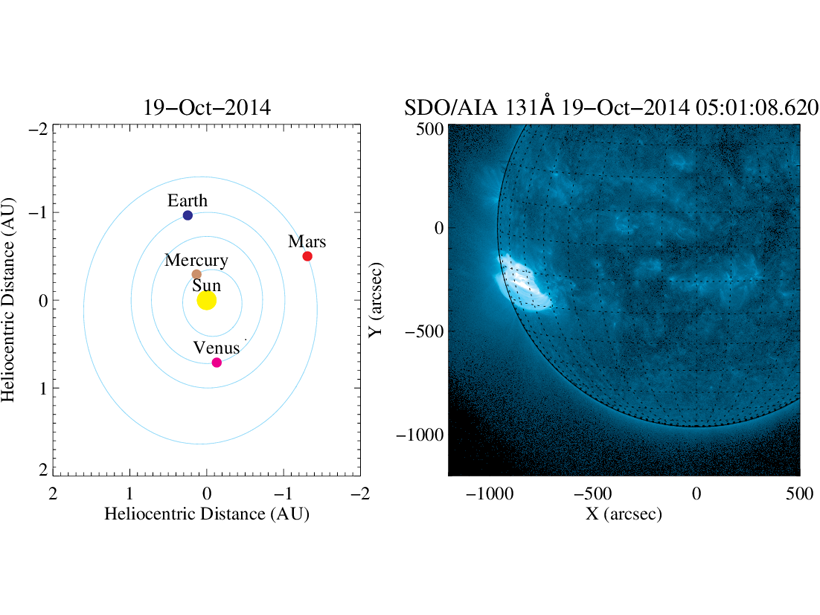Source: Space Weather
Solar flares release intense bursts of photons that enhance the levels of ionization in Earth’s upper atmosphere, with flare photons at different wavelengths generating ionization at different altitudes. Milligan et al. [2020] present a detailed analysis of flare Lyman-alpha emissions, which penetrate down to altitudes around 100 kilometers and below. They studied 477 solar flares that occurred between April 2010 and June 2016. This extensive statistical analysis confirms previous suggestions that these emissions have energy fluxes significantly greater than the 0.1-0.8 nm X-band that is widely used as an indicator of the strength of flares. It also demonstrates that these emissions can drive substantial increases in E-region conductivity, leading to the well-known geomagnetic signature of solar flares (magnetic crochets). The authors also take the opportunity of a large flare observed from very different perspectives (satellites orbiting Earth and Mars) to show how flare Lyman-alpha emissions are significantly reduced when the flare appears near the limb of the Sun.
Citation: Milligan, R. O., Hudson, H. S., Chamberlin, P. C., Hannah, I. G., & Hayes, L. A. [2020]. Lyman‐alpha variability during solar flares over solar cycle 24 using GOES‐15/EUVS‐E. Space Weather, 18, e2019SW002331. https://doi.org/10.1029/2019SW002331
—Michael A. Hapgood, Editor, Space Weather
Text © 2020. The authors. CC BY-NC-ND 3.0
Except where otherwise noted, images are subject to copyright. Any reuse without express permission from the copyright owner is prohibited.

